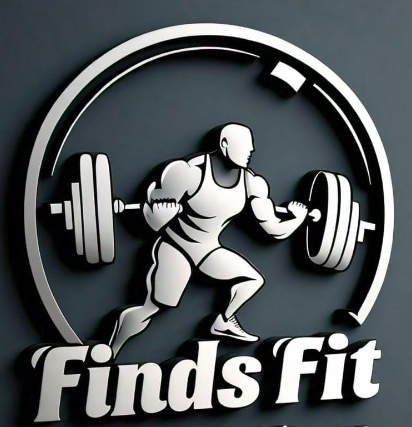Introduction to Soccer Balls
Whether you are a budding soccer enthusiast or a seasoned player, understanding the different aspects of a soccer ball can significantly enhance your game. The right soccer ball not only improves your performance but also ensures durability and suitability to the playing environment. In this guide, we will dive deep into the world of soccer balls, helping you make an informed choice the next time you shop.
Types of Soccer Balls
Soccer balls come in a variety of types, each designed for specific uses and environments:
- Match Balls: Official game balls designed for professional and competitive play. They are usually of the highest quality, providing the best in performance and durability.
- Training Balls: These are more durable and are designed to withstand the rigors of regular practice. They tend to be heavier and less expensive than match balls, making them ideal for everyday use.
- Indoor Balls: Made with a different outer layer that is suitable for indoor or smoother surfaces. These balls are generally less bouncy to adapt to the harder indoor playing surfaces.
- Beach Soccer Balls: Specially designed for beach games, these balls are lighter and bigger and have a softer touch to adapt to sand surfaces.
Soccer Ball Sizes
Choosing the right size of a soccer ball is crucial for the development of proper skills, especially for younger players:
- Size 3: Designed for players under 8 years old. These balls are 23-24 inches in circumference and are great for younger children.
- Size 4: For players aged 8-12 years. These balls measure 25-26 inches in circumference and are perfect for pre-teens.
- Size 5: This is the standard adult size ball and is used by players aged 13 years and older. It measures about 27-28 inches in circumference.
Materials and Construction
The construction and material of a soccer ball also play a key role in its performance and durability:
- Cover: The outer part of the ball, which is usually made from synthetic leather materials like polyurethane (PU) or polyvinyl carbonate (PVC), though PU is generally preferred for its quality and durability.
- Bladder: The inside of a soccer ball that holds air. It can be made from latex or butyl. Butyl is often favored for better air retention, while latex can provide a softer feel.
- Stitching: Hand-stitched balls tend to offer better durability and performance compared to machine-stitched balls.
How to Choose the Right Soccer Ball
When selecting a soccer ball, consider the following factors to find the best fit for your needs:
- Playing Surface: Choose a ball that matches the surface you most often play on to ensure longevity and performance.
- Age and Skill Level: Select the correct size based on the age group and skill level to help develop proper playing techniques.
- Quality and Budget: Balance between quality and budget. While professional-grade balls are expensive, there are high-quality training balls available at a lower cost that are ideal for regular practice.
Conclusion
Picking the right soccer ball is crucial for enjoying and improving your game. Consider the type of ball, its size, material, and construction before making your purchase. With the right soccer ball, you can enhance your skills, enjoy the game, and ensure the ball lasts as long as possible.
